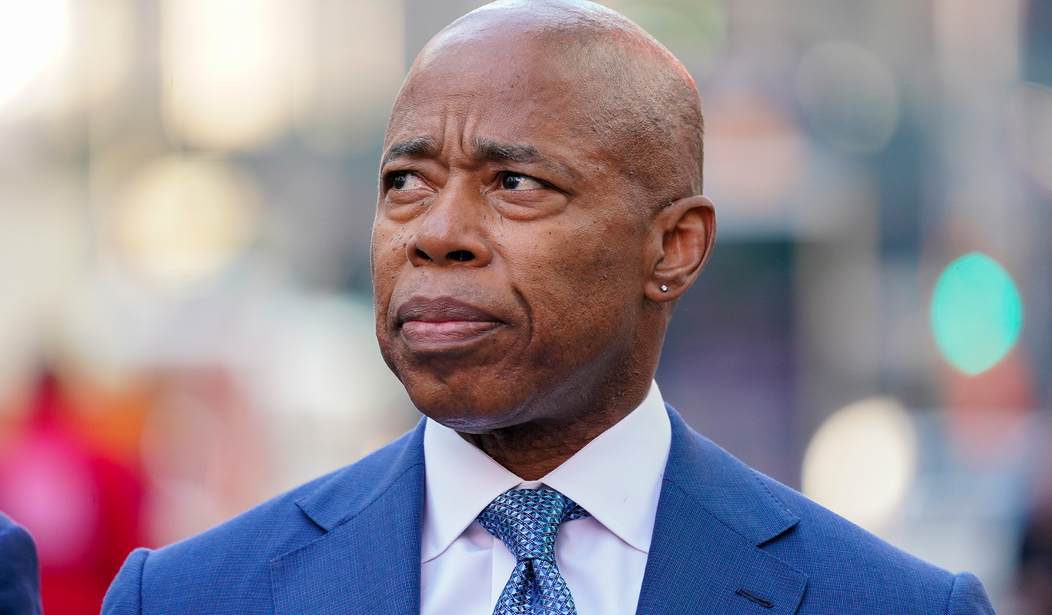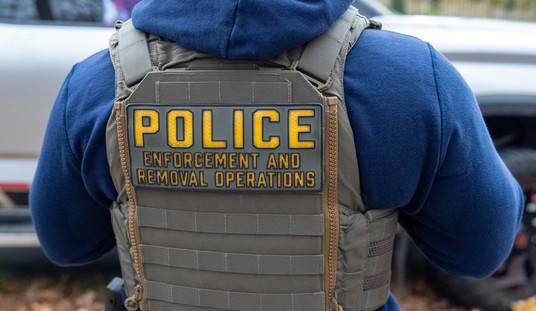Sometimes it seems that officials like New York City Mayor Eric Adams are doing everything they can to show the world that they do not take the safety of their constituents seriously. This latest development is the latest in which Mayor Adams reveals that he was just kidding about all that law and order stuff he was spewing on the campaign trail.
This story won’t come as a shock to you.
Adams unveiled a plan to combat the rise in retail theft across the city’s five boroughs. The plan comes in response to a significant increase in shoplifting complaints, with a 44 percent rise from 2021 to 2022. The surge in retail theft has had a detrimental impact on businesses, particularly those still recovering from the economic effects of the COVID-19 pandemic.
Mayor Adams emphasized the need for a multifaceted approach to tackling retail theft, combining law enforcement, prevention, and intervention efforts. The plan acknowledges that repeat offenders were responsible for 30 percent of the over 22,000 retail thefts in the city last year.
To address this, the administration plans to implement diversion programs, such as the “Second Chance” and RESTORE initiatives, which allow non-violent offenders to engage with services to address the root causes of shoplifting. Additionally, the plan includes measures to supposedly enhance security, such as training retail workers in de-escalation tactics and installing resource kiosks in stores to connect individuals with critical government resources and social services.
The plan also focuses on increasing necessary enforcement against repeat shoplifters and organized crime rings. The Precision Repeat Offender Program (PROP) will enable retailers to submit security incident reports to the NYPD, aiding in identifying and tracking repeat offenders. Furthermore, the plan establishes a neighborhood retail watch program to facilitate real-time intelligence sharing among businesses and law enforcement and advocates for stronger online sale authentication procedures to stop people from reselling the goods they steal.
The high levels of crime in New York are a major factor driving residents to leave the state, according to a Siena College Poll conducted in March. The survey revealed that 49% of respondents rated New York as fair or poor when asked if it is a place where they feel safe from crime, while only 33% considered it safe.
The increase in crime during the pandemic, coupled with the softening of bail and discovery laws, has contributed to a growing sense of insecurity among New Yorkers. This lack of safety is particularly concerning for families, as 40% of respondents stated that New York is not a good place to raise children.
The fear of crime has created a sense of urgency for many residents to seek safer environments elsewhere. The impact of this can be seen in the population declines experienced by three of New York City’s five counties: Queens, Brooklyn, and The Bronx, as well as in suburban and upstate counties like Westchester, Suffolk, and Nassau.
With over a quarter of New Yorkers expressing a desire to move away in the next five years, it is evident that the high levels of crime are contributing to an exodus from the state. The need for improved safety measures and effective crime prevention strategies is crucial to address the concerns of residents and retain the population in New York. Unfortunately, this does not seem to mean anything to the city’s government.
One of the glaring shortcomings of Mayor Adams’ plan is its failure to address the core problem: the presence of criminals on the streets. The introduction of intervention programs for first-time offenders instead of prosecution is an attempt to appear compassionate, but it overlooks the fact that repeat offenders are responsible for a significant portion of thefts in the city.
By not adequately addressing the issue of recidivism, these programs risk becoming mere band-aids rather than effective solutions. Instead, a comprehensive strategy that focuses on apprehending and prosecuting repeat offenders should be at the forefront of any crime reduction plan.
Additionally, the emphasis on de-escalation training for retail employees and the establishment of neighborhood retail watch groups places an undue burden on business owners and civilians to handle crime prevention. Ironically, the city wants to put the onus on local businesses to help deal with the crime problem, but it does not want to allow them to do what it takes to defend their livelihoods. We all saw what happened when District Attorney Alvin Bragg sought to prosecute Jose Alba, a bodega worker who used deadly force against someone who was assaulting him.
The proposed measures put forward by Mayor Eric Adams’ government to address crime in New York City demonstrate a distinct lack of seriousness and a failure to prioritize the safety of its residents. By focusing on intervention programs and community initiatives, rather than removing criminals from the streets, the government is neglecting its duty to protect the public. But at this point, none of this is surprising, is it?













